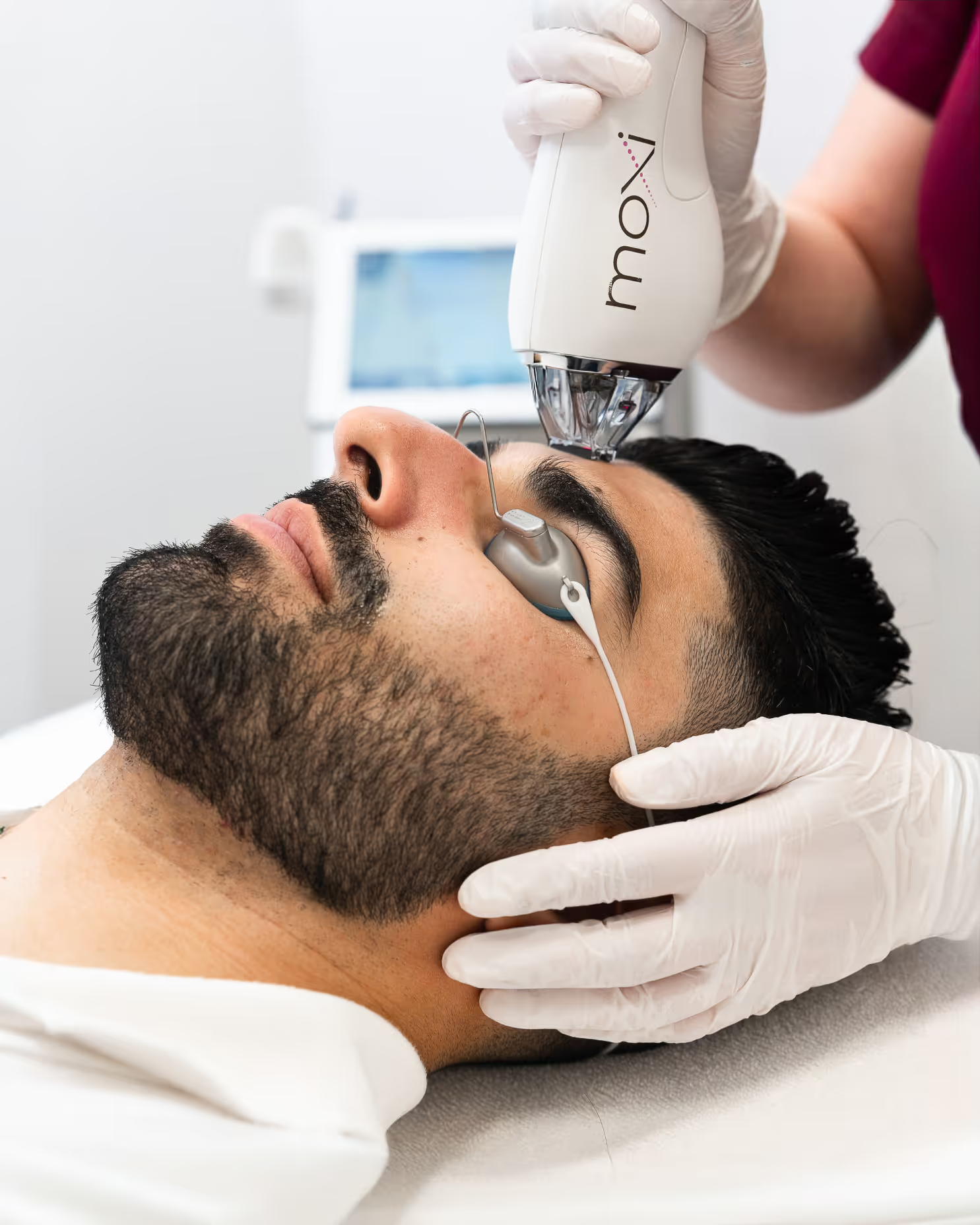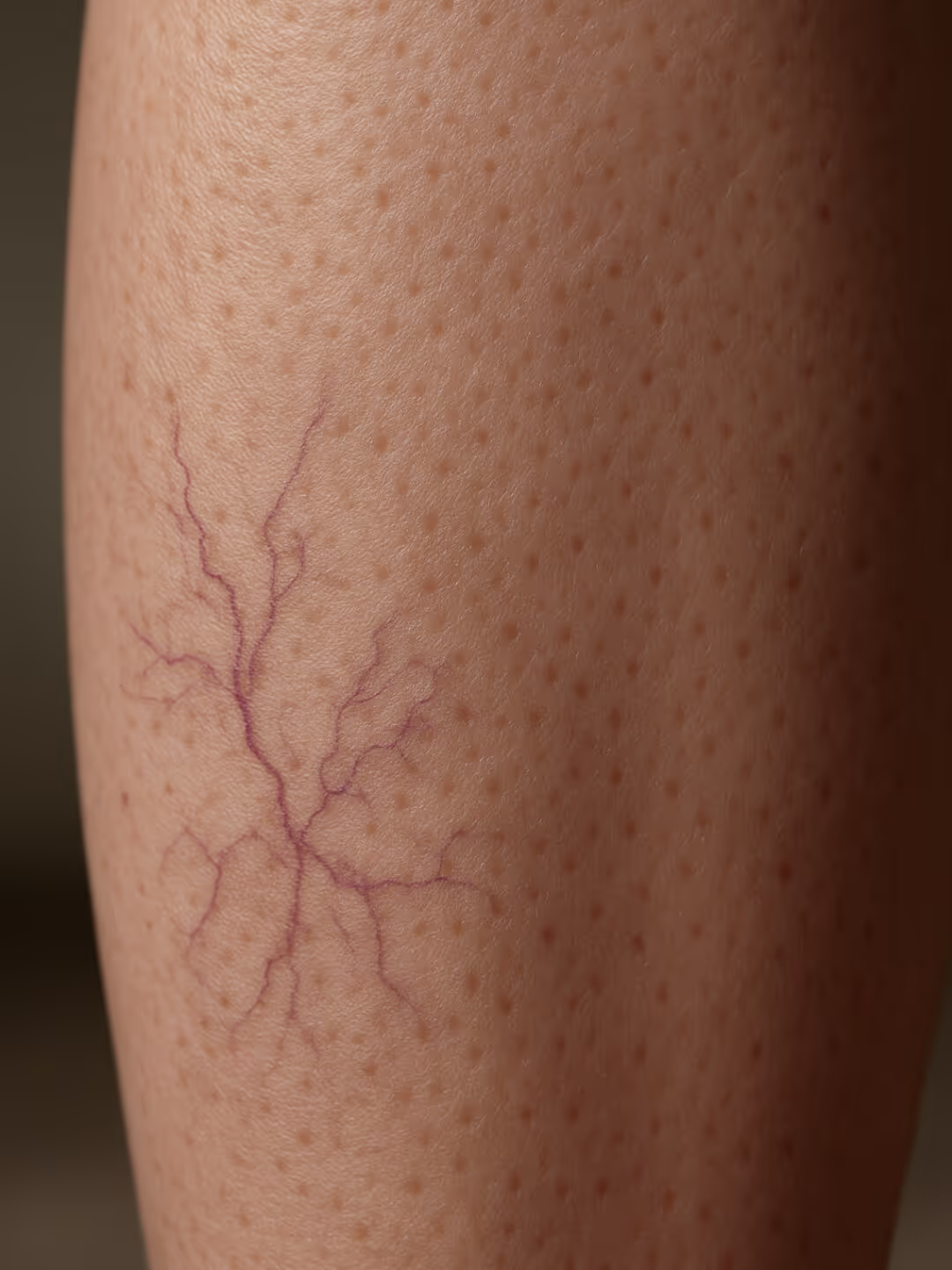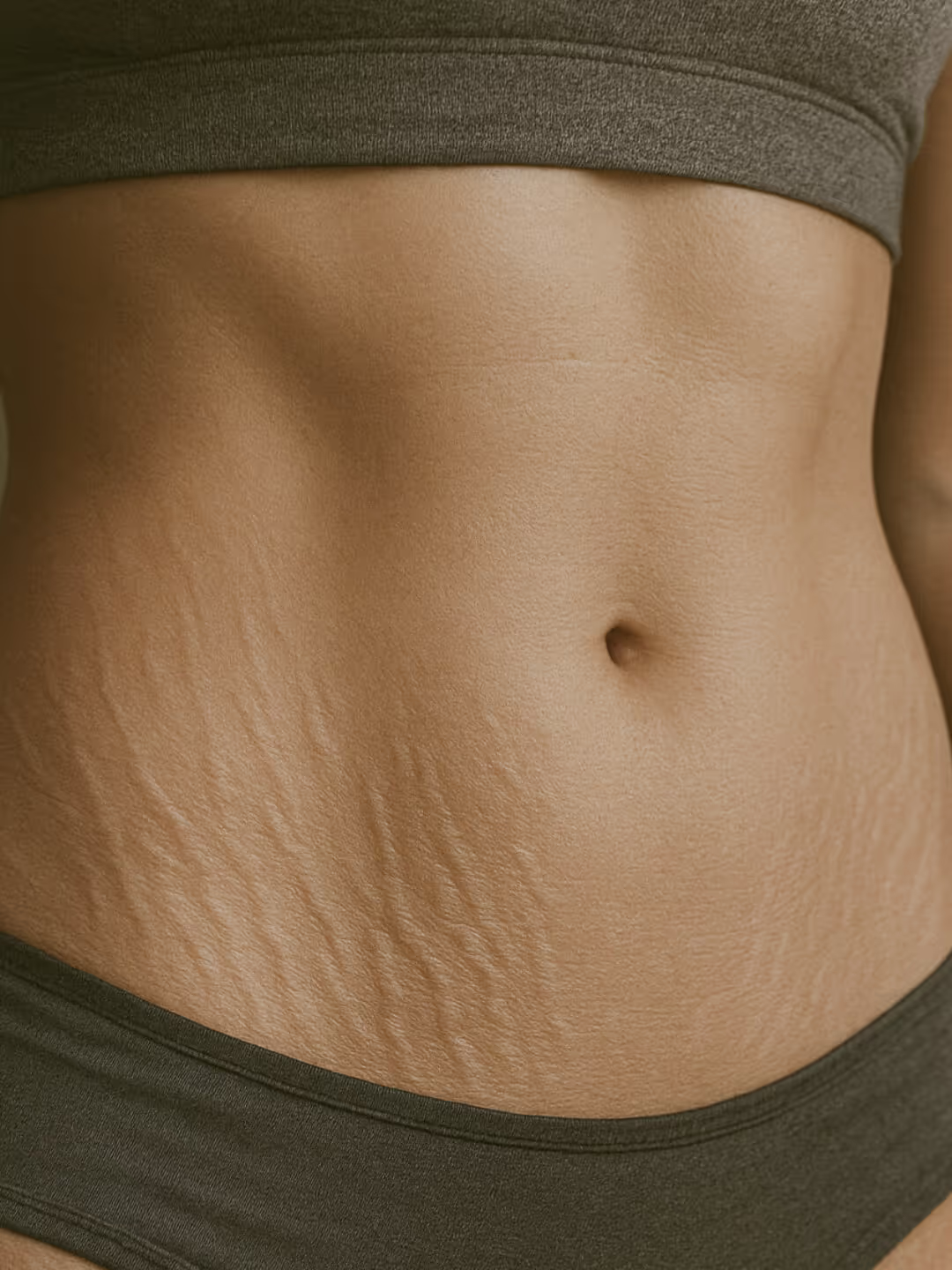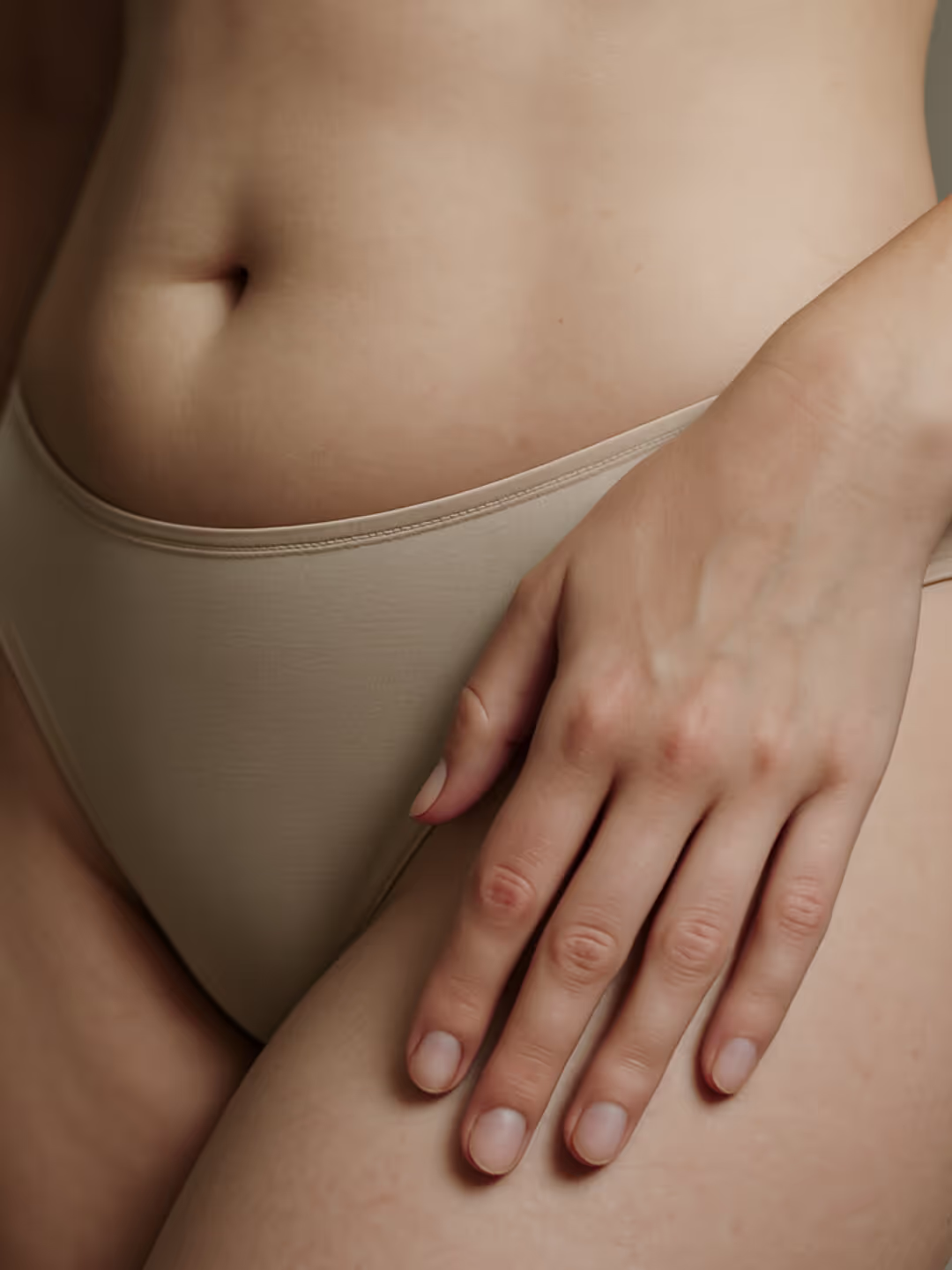Sun Damage
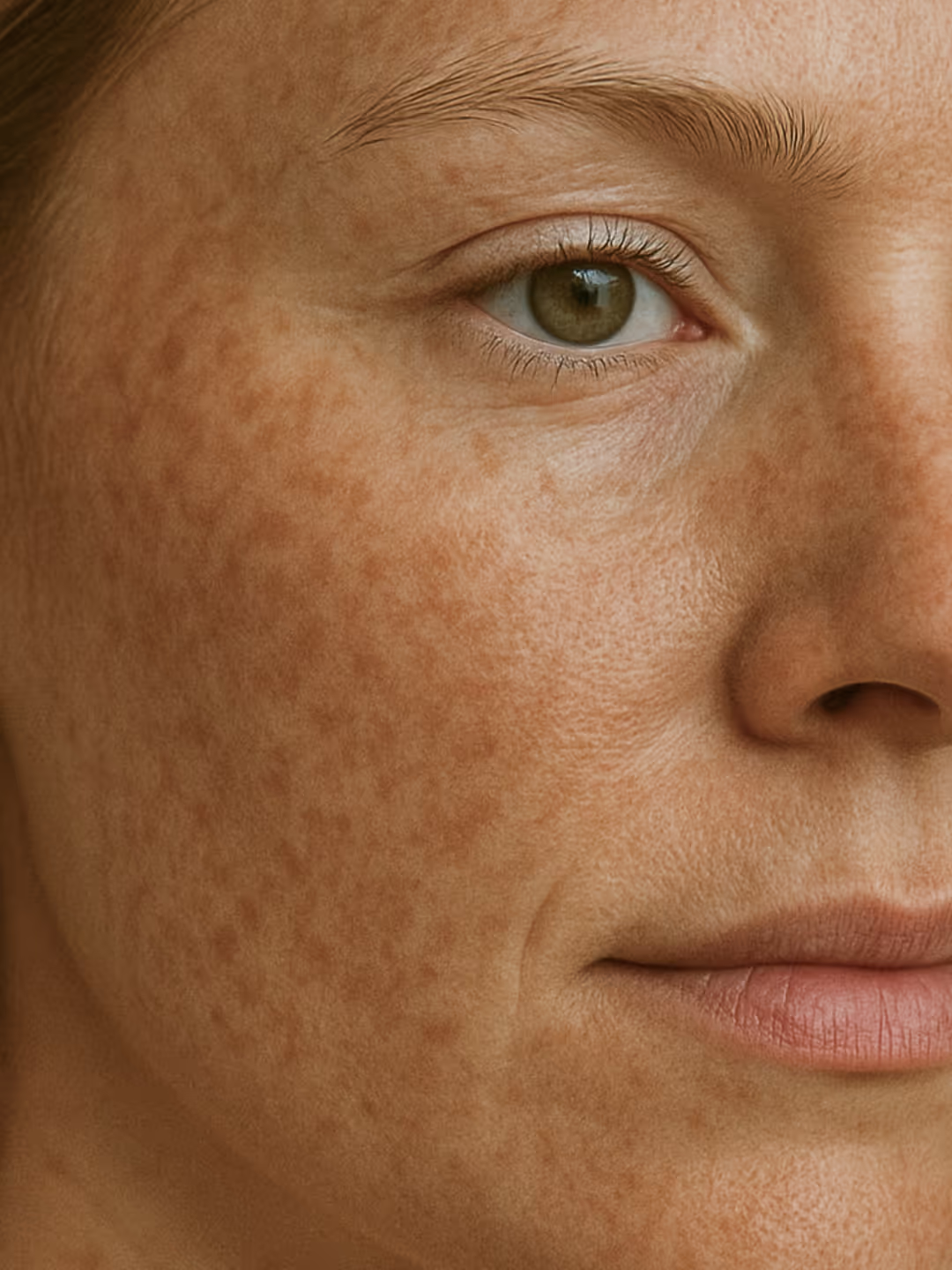
Condition Overview
Sun exposure is one of the leading causes of premature aging, skin discoloration, and collagen breakdown. Prolonged UV exposure damages the skin’s deeper layers, leading to fine lines, wrinkles, uneven pigmentation, and textural irregularities. Sun damage can also cause an increase in visible blood vessels, rough patches, and loss of elasticity, making the skin appear dull and aged.
At The Face Institute, we offer advanced, non-invasive and minimally invasive treatments to repair sun-damaged skin, reduce hyperpigmentation, and stimulate collagen production. Our customized treatments help restore an even skin tone, improve skin texture, and promote long-term skin health.
Understanding Sun Damage
Sun damage occurs when ultraviolet (UV) radiation penetrates the skin and causes structural changes. Common effects of sun exposure include:
- Hyperpigmentation, sun spots, and age spots
- Fine lines and wrinkles due to collagen breakdown
- Uneven skin tone and redness from vascular damage
- Loss of skin elasticity and sagging
- Rough texture and dry patches
The effects of sun damage accumulate over time, making early treatment essential for preventing further deterioration and maintaining youthful skin.
Want to know more? Send us a message
Corrective Treatments
The Benefits
Learn how to repair sun-damaged skin and prevent further damage. The Face Institute offers expert care for healthier, protected skin.
Reduces sun spots, hyperpigmentation, and redness
Improves skin texture and hydration for a smoother appearance
Stimulates collagen production for firmer, more youthful skin
Non-invasive treatments with minimal to no downtime
Provides long-term protection against future sun damage
How We Treat Sun Damage
Our Step by Step Process
Step 1: BroadBand Light Therapy (BBL HEROic) for Pigmentation and Redness
BBL HEROic uses intense pulsed light (IPL) technology to target pigmentation, redness, and vascular damage caused by sun exposure.
- Breaks down excess melanin to fade dark spots and sun-induced discoloration
- Reduces redness and visible blood vessels for a more even complexion
- Stimulates collagen production to improve skin elasticity
Step 2: Laser Resurfacing for Skin Renewal
Sciton Moxi Laser is a fractional laser treatment that promotes skin renewal by removing damaged skin cells and stimulating collagen growth.
- Improves overall skin tone and texture
- Smooths fine lines and reduces rough patches
- Enhances skin brightness and clarity with minimal downtime
For deeper sun damage, a combination of fractional laser and light-based therapy offers comprehensive skin rejuvenation.
Step 3: Microneedling with Exosome Therapy for Skin Regeneration
Microneedling with the DP4 Microneedling Device, combined with exosome therapy, enhances cellular repair and collagen production.
- Improves skin texture and elasticity by stimulating fibroblast activity
- Increases skin hydration and reduces sun-induced inflammation
- Speeds up skin renewal for long-term repair
Step 4: Chemical Peels for Brightening and Exfoliation
Chemical peels such as the Vivier Peel and Jessner Peel remove the damaged outer layers of skin, promoting new cell growth.
- Fades sun spots and evens out pigmentation
- Exfoliates dead skin cells for a smoother complexion
- Stimulates collagen to restore skin firmness and elasticity
Step 5: Medical-Grade Skincare for Ongoing Protection and Repair
A consistent skincare routine helps maintain and enhance treatment results. Key ingredients include:
- Vitamin C and antioxidants to protect against further UV damage
- Retinol and peptides to boost collagen renewal
- SPF 50+ sunscreen to prevent additional sun damage
Scientific Credentials and Studies on Sun Damage Treatment
A 2021 study published in the Journal of Dermatologic Science found that BBL therapy effectively reduces pigmentation, fine lines, and sun spots by breaking down excess melanin and stimulating skin renewal. A 2022 clinical study in the International Journal of Cosmetic Dermatology confirmed that fractional laser resurfacing improves sun-damaged skin by increasing collagen production and reducing pigmentation irregularities.
Treatment Areas
Face
- Reduces age spots, fine lines, and uneven skin tone
- Improves skin texture and overall radiance
Neck and Décolletage
- Treats sun-induced pigmentation and skin laxity
- Restores hydration and elasticity
Hands and Body
- Lightens sun spots and improves skin tone on the arms, hands, and legs
Who is a Good Candidate for Sun Damage Treatment?
- Individuals with sun spots, hyperpigmentation, or uneven skin tone
- Those looking to restore lost collagen and improve skin texture
- Patients seeking a non-invasive approach to skin rejuvenation

